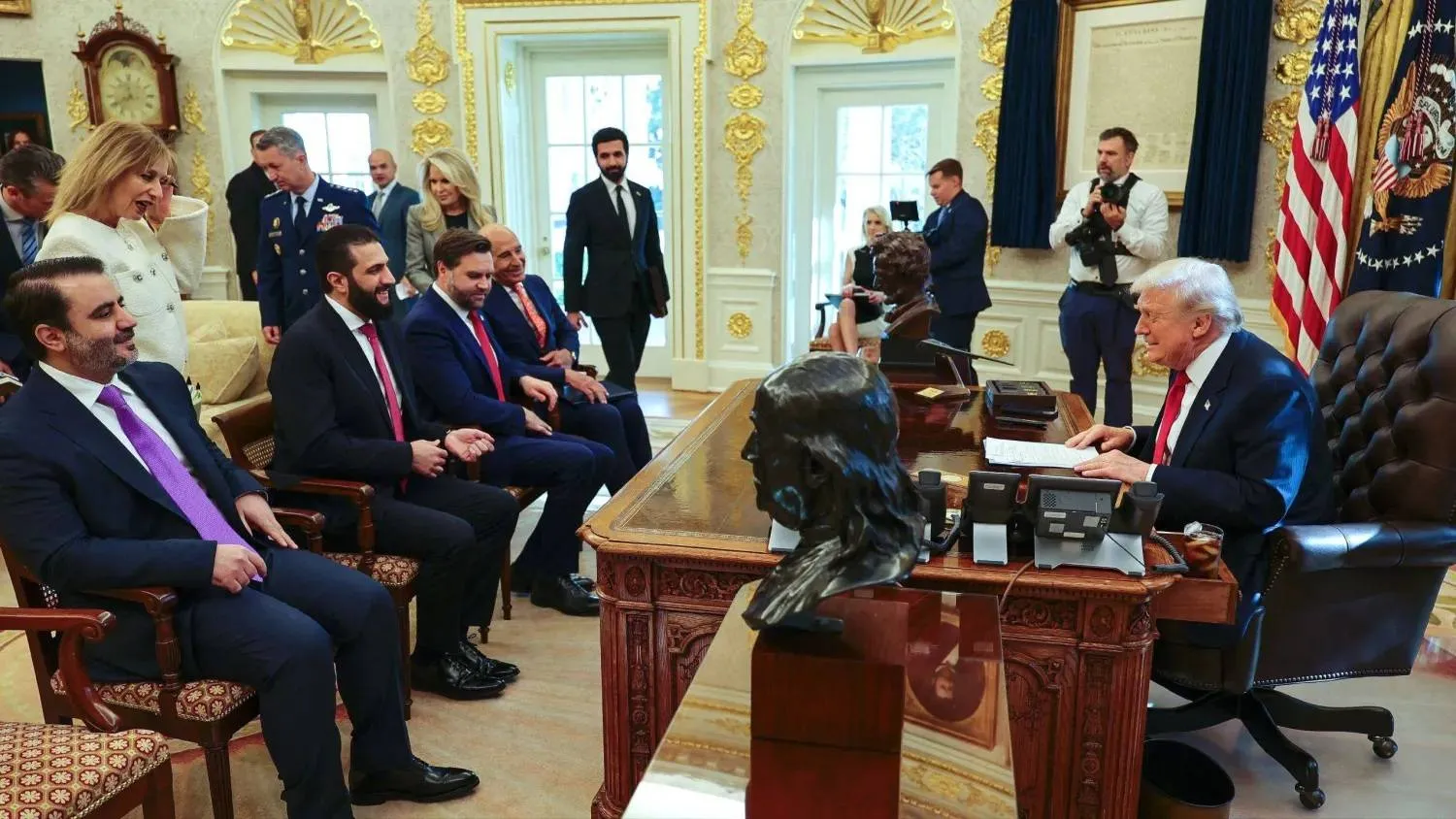In a makeshift tent of cloth and plastic, Ismail Nabhan huddled by a fire with his children and grandchildren as his family, displaced by the war in Gaza, struggled to stay warm.
"Two days ago there were strong winds, we tried all night to fasten the nylon. We're living in a desert and the sea is in front of us -- the cold has multiplied," said the 60-year-old, who has fled his home in central Gaza.
Thousands of tents have been erected by some of the 1.9 million people the United Nations estimates have been internally displaced in the Gaza Strip since the war erupted on October 7.
The unprecedented attack from Gaza by Hamas militants that day resulted in about 1,140 deaths, most of them civilians, in southern Israel, according to an AFP tally based on official figures, and triggered a relentless Israeli bombardment and ground offensive.
Nabhan and his family have pitched their tent at a precarious spot in a southwestern corner of Rafah, overlooking the Egyptian border and a few hundred meters (yards) from the Mediterranean Sea.
There are 28 people crammed into the flimsy shelter and, despite the risk from the flames and fumes, they keep a fire going inside as their only means of staying warm.
Even the fuel they use is improvised and harmful, but the family have little choice.
"The smoke we inhale from burning plastic burns our lungs," said Nabhan's wife, Raidah Awad, as their grandson coughed.
Awad asked her son to get firewood but lamented that it would take four days to dry out after recent heavy winter rain.
"The children are sick from the smell and the cold. They don't stop coughing and having colds, their clothes aren't thick enough to warm them up," said the 50-year-old Awad.
One blanket is shared between three people, she added. "The situation's tragic."
The health ministry in the Hamas-run territory says at least 24,100 Gazans have been killed in the war.
Haneen Adwan, who was forced to flee from central Nuseirat refugee camp due to heavy Israeli bombardment, said she and her family were struggling in the winter weather.
"At night, I feel like we're going to die from the cold," said the 31-year-old, who has six children.
Adwan piled three thin mattresses on top of one another as a barrier from the cold ground.
Firewood, she said, was unaffordable, so like Nabhan and his family, she had turned to burning waste.
"We light the fire with plastic, (and) choke on the fumes," she said.
Adwan's 14-year-old son's hands have been blackened by the constant search to scavenge enough plastic to keep the family warm.
The teenager explained how he worked the sewer at the border, digging up plastic buried in the sand and cutting it up with a knife.
"My brothers are dying from the cold at night. We have to light something or we'll freeze," he said.
The UN humanitarian agency said on Monday that the makeshift shelters in which many Gazans now live "are inadequate to withstand current weather conditions," while many sites had been flooded by heavy rain.
Nearby, Khaled Faraj Allah was baking bread in the corner of his tent and passing pieces to his son.
His six children, one of whom has special needs, shared three mattresses.
"After two in the morning, it's not possible for anyone to sleep because of the extreme cold," said Faraj Allah, who fled his home east of Gaza City.
"Even if you lay out a thousand blankets, the ground is cold and the earth transfers the damp and cold," added the 36-year-old.
Faraj Allah said his child with special needs lacked regular medication and had stopped laughing or interacting with the family.
"If there's heavy rain, people will die from the cold, and if the Israelis storm this area what can I do? I'll flee over there for my kids," he said, pointing to the Egyptian border.









